From Wikipedia: Heraklion Ηράκλειο The Venetian fortress of Castello a Mare (1523–1540) guards the inner harbor of Heraklion. The Venetian fortress of Castello a Mare (1523–1540) guards the inner harbor of Heraklion. Flag of Heraklion.svg Flag Seal of Heraklion.svg Seal Heraklion is located in Greece HeraklionHeraklion Location within the region Coordinates: 35°20′N 25°8′ECoordinates: 35°20′N 25°8′E Country Greece Administrative region Crete Regional unit Heraklion Government • Mayor Vasilis Labrinos Area • Urban 225,574 km2 (87,095 sq mi) • Municipality 244.6 km2 (94.4 sq mi) • Municipal unit 109.0 km2 (42.1 sq mi) Highest elevation 33 m (108 ft) Lowest elevation 0 m (0 ft) Population (2011)[1] • Municipality 225,574 • Municipality density 920/km2 (2,400/sq mi) • Municipal unit 151,324 • Municipal unit density 1,400/km2 (3,600/sq mi) Demonym(s) Heraklian, Heraclian Time zone EET (UTC+2) • Summer (DST) EEST (UTC+3) Postal code 70x xx, 71x xx, 720 xx Area code(s) 281 Vehicle registration HK, HP, HZ Website www.heraklion-city.gr Heraklion (/hɪˈrækliən/; Greek: Ηράκλειο, Irákleio, pronounced [iˈraklio])[2] is the largest city and the administrative capital of the island of Crete. It is the fourth largest city in Greece. According to the results of the 2011 census, the population of the city proper was 140,730 inhabitants, the municipality's was 173,993 while the Heraklion urban area has a population of 225,574[citation needed] and it extends over an area of 684.3 km2 (264.2 sq mi). Heraklion is the capital of Heraklion regional unit. The Bronze Age palace of Knossos, also known as the Palace of Minos, is located nearby.
Beaches
1. Agiofarago beach
To get there you must either cross the gorge, by easy hiking of about 30-50’, or catch a boat from Matala, Agia Galini, or Kali Limenes. We definitely recommend the first option, as the route within the vertical walls of the gorge is breathtaking. On the way you will see the large caves were some hermits still live and the chapel of St. Anthony, with a well outside.
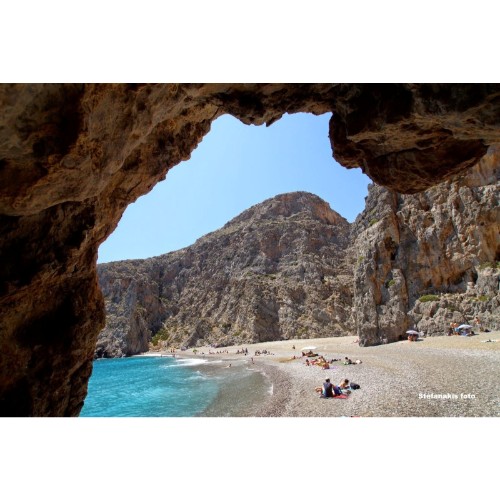
2. Matala beach
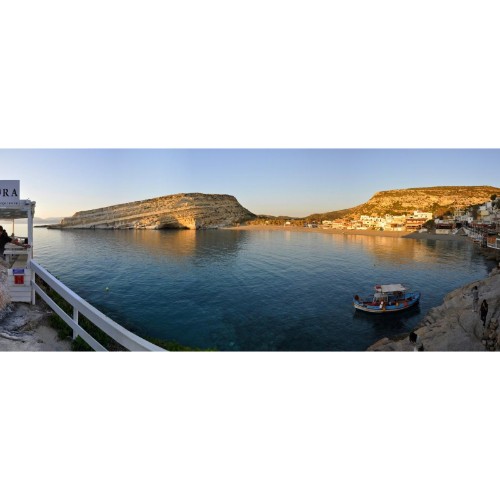
The first beach you come across east of the port of Hersonissos is a long sandy narrow beach, which is flooded by thousands of people. It is very well organized and close to the amenities of the city. However, it is inappropriate for those who do not like crowds.
3. Red beach
The Red Beach is located at location Moudia, 68km southwest of Heraklion and just 800m south of Matala famous resort. To get here you have to walk a trail that begins north of the settlement of Matala and crosses the hill north of Matala. There used to be some signs showing the way.
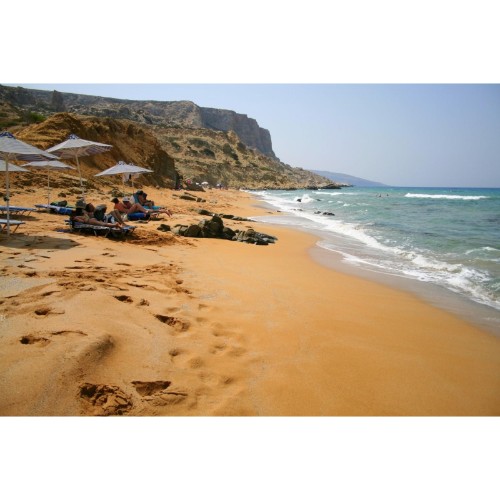
4. Gouves beaches
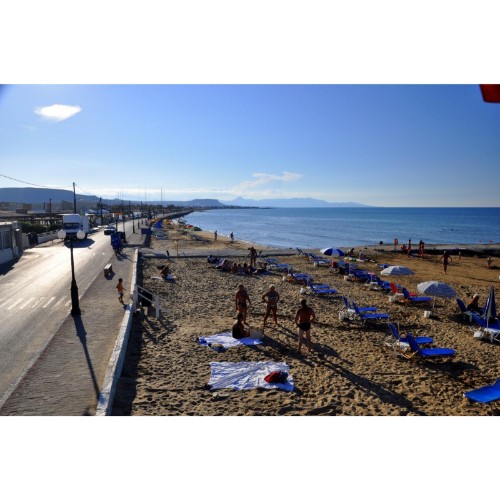
Kato Gouves (or simply Gouves) is a popular holiday resort located 18km east of Heraklion, in the foothills of Mount Ederi. In the past, the valley of Kato Gouves was cultivated by the residents of the village Ano Gouves with vegetables, olives and cereals.
5. Ligaria beach
Ligaria is located 21km north west of Heraklion and 1km east of Agia Pelagia. The Bay of Ligaria is closed and well protected from the winds blowing in the region. Nearby there are the ruins of the old monastery of Panagia Ligariani, where many monks lived in the past. The region gets its name from the monastery, which in turn gets its name from the beautiful plant “osier” (ligaria in Greek), with the flexible stems and the beautiful flowers, which used to abound in the area.
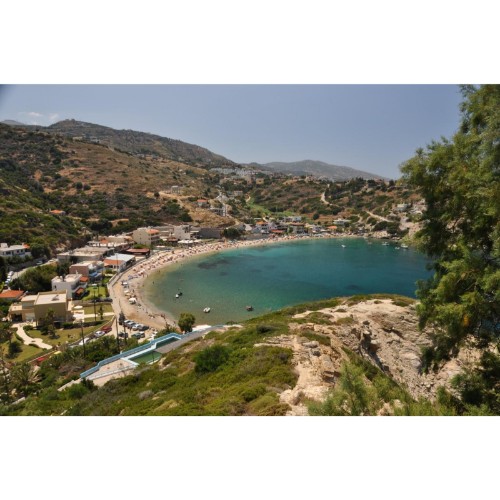
6. Lendas beach
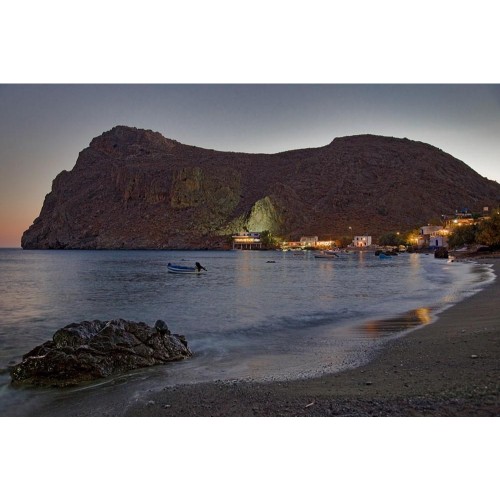
Lendas is a remote coastal village located 74km south of Heraklion, on the southern slopes of the imposing Asterousia Mountains. It is a tourist resort and a port, mildly developed offering very relaxing holidays. Lendas can be accessed from Agii Deka, close to Mires town, via the village of Miamou, through a narrow paved road.
NATURE:
1. Rouvas Wood and Gorge
The gorge of Agios Nikolaos, Gafaris or Rouvas is bounded by the peaks of Ambelakia from east and Samari from west. This is the most important gorge of Psiloritis and central Crete and took its name from the homonymous Byzantine church in the south entrance. This is an ecosystem with rich flora and fauna, smaller canyons and interesting geological formations and cliffs of rare beauty.
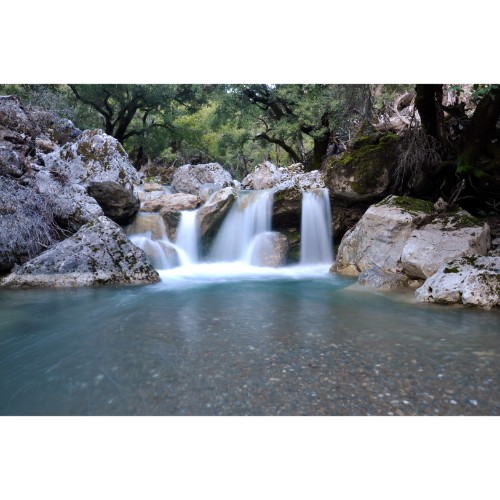
2. Arvi Gorge
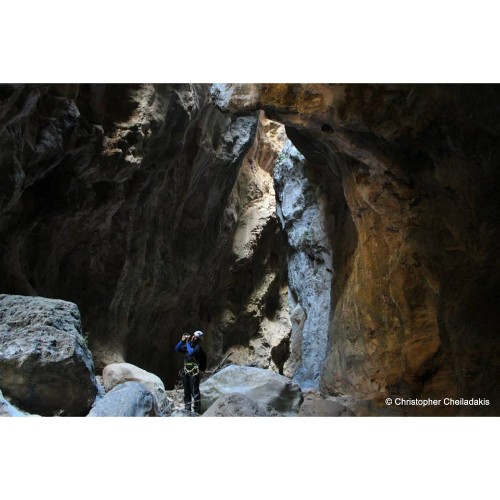
There are several places in Crete that are beautiful, but only a few of them can be described as winders of nature. A place that is a real wonder of nature is the gorge of Arvi that tears Arvion Mount in two, over which the shrine of Zeus Arveios was sited.
3. Tripiti Gorge
The gorge of Trypiti is formed at the range Asterousia, to the south of the village Vassiliki. The length of the canyon reaches 4 km and a beautiful pebble beach is formed at its exit. The beach is reached though a dirt road that runs high along the eastern side of the canyon for several kilometers before reaching its riverbed, just before the exit to the sea.

4. Kounaviano Gorge
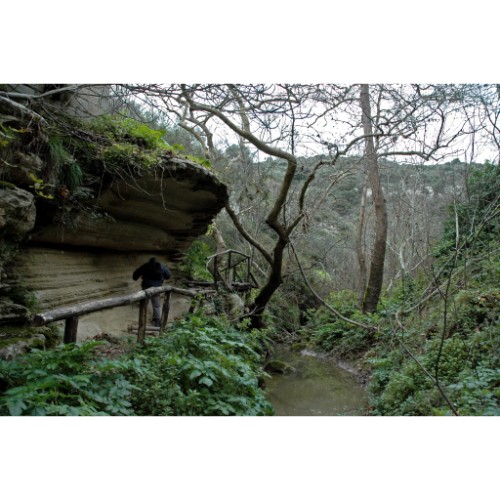
Kounaviano canyon is the richest (in vegetation) gorge in the prefecture of Heraklion, a real oasis in the center of the province Pediada. The name comes from the village Kounavi. It is a tributary of the river Karteros and runs parallel to Astrakiano gorge, with which in merges at position Kaki Rachi by Skalani and then form the Gorge of Karteros.
5. Portela Gorge
Portela Gorge is located at the south of the prefecture of Iraklion; the canyon starts from Hondros village and its exit is in Keratokambos. It is one of the most dangerous canyons in Greece.
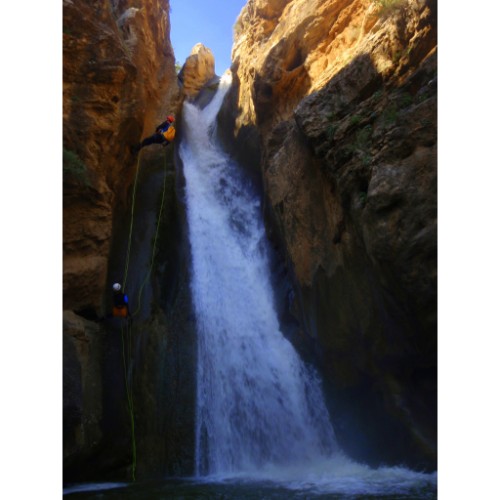
6. Astrakiano Gorge

Astrakiano and Kounaviano canyons are two lush green gorges by Heraklion that merge near the village Skalani and carry on their united course till Karteros. The total length of the two canyons is about 21 km.
MUSEUM & ARCHAEOLOGICAL SITES:
1. Archaeological Museum of Heraklion
The collection of the Minoan antiquities in the Archaeological Museum of Heraklion is the largest in the world and the museum is considered the main Museum of Minoan civilization. It is classified as one of the largest and most remarkable museums in Greece and one of the most important in Europe.
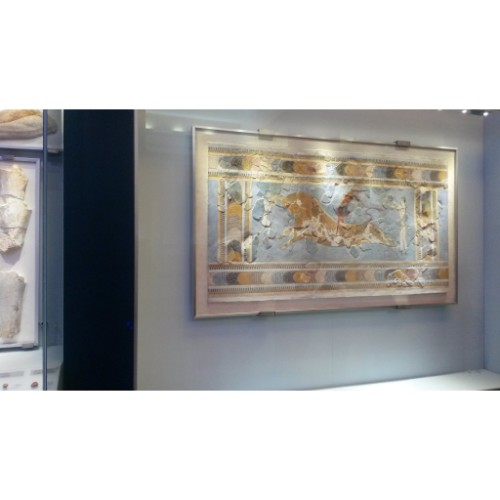
2. Historical Museum of Crete
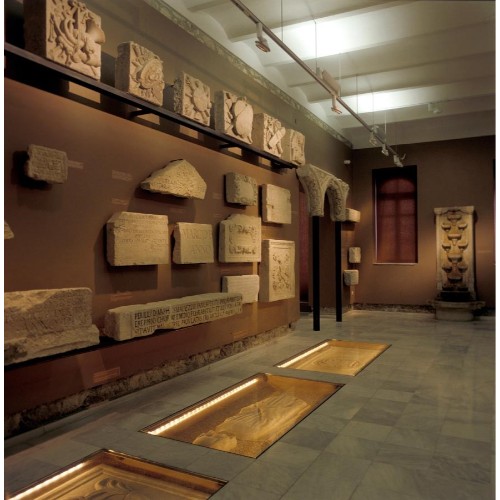
The Historical Museum of Crete was founded in 1953 by the Society of Cretan Historical Studies. It is housed in a beautiful neoclassical building that was the home of Minos Kalokerinos and a courtesy of the Kalokerinos family Institute.
3. Natural History Museum of Crete
The Natural History Museum of University of Crete demonstrates with an impressive and innovative manner the natural environment of the eastern Mediterranean with a special emphasis on Greece and Crete.
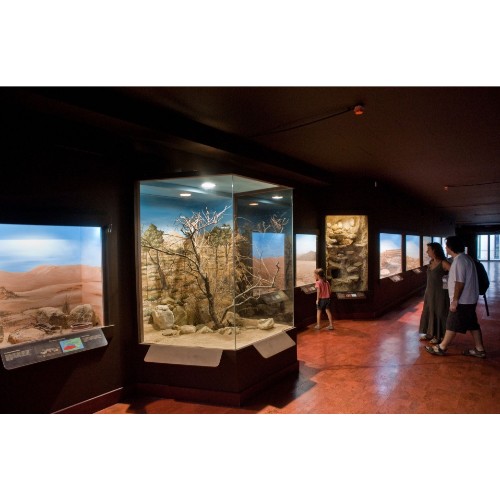
4. Cretaquarium – Thalassocosmos
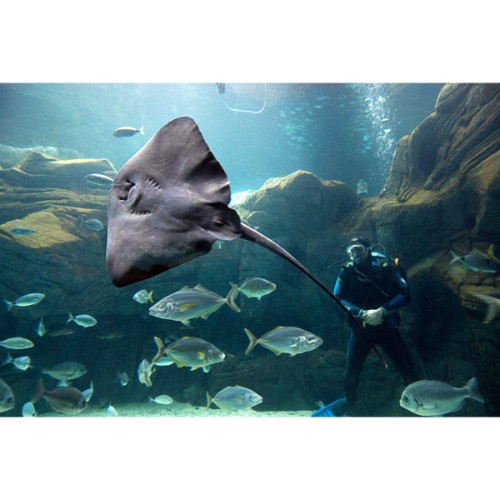
Cretaquarium - Thalassocosmos is one of the most important aquariums in Europe. It started its operation in December 2005 in the former American Base of Gournes.
5 Minos Palace in Knossos
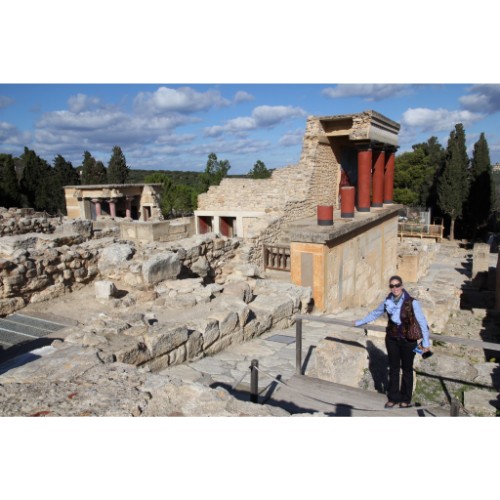
6. Phestos Palace
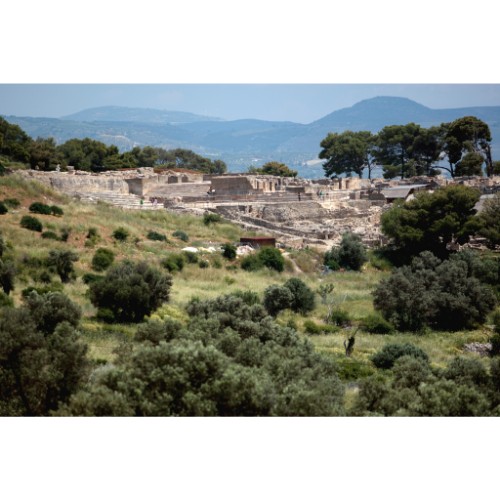
Phaestus (Phestos or Festos) was a Minoan city on Crete, the ruins of which are located 55km south of Heraklion. The city was already inhabited since 6000BC and prospered concurrently with the city of Knossos, till the 1st century B




